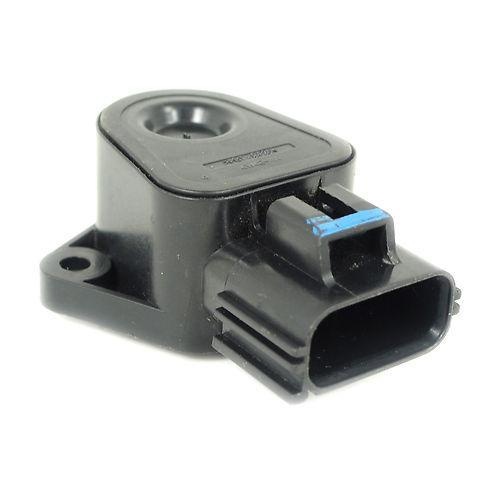The function of the throttle position sensor, aka TPS, is to supply information to the car’s computer about the position of the car’s throttle. The throttle position sensors contain electro-mechanical moving parts which are prone to wear and tear, which eventually add to the cost of car repairs. Malfunctioning of a TPS can result in improper data being fed to the car’s computer, which monitors engine performance, in respect to the fuel efficiency of the car. A damaged, malfunctioning TPS can cause variety of symptoms which are also known as symptoms of a bad throttle position sensor.
Symptoms of a Defective Throttle Position Sensor
Following is a list of symptoms, either of or a combination of which, a car driver may experience because of a defective throttle position sensor:
•Bucking and jerking of the car.
•Idle surging of the car.
•Sudden stalling of the car engine.
•Hesitation while the driver of the car is trying to accelerate.
•Sudden surge in car’s speed while driving on the highway.
What Happens with a Bad Throttle Position Sensor?
The data provided by TPS is invaluable for proper startup, idle and easy throttle response of the car. These operations are affected when a bad throttle position sensor feeds erroneous data to the car’s computer because of which the:
•Engine Malfunction Indicator Light (MIL) is turned on.
•The driver of a car experiences difficulty while changing gears.
•The fuel economy of the car drops drastically.
•Causes difficulty in setting base-ignition-timing of the car.
How to Test a Throttle Position Sensor?
TPS are manufactured using switch, potentiometer and combination designs. If the TPS is not adjustable then it becomes mandatory that you check throttle stop and throttle cable adjustments. Their improper functioning could cause symptoms such as, poor startup of the car, inefficient response of the throttle of the car, or idle stop. Switch and combination TPS are tested with ohmmeters. In order to test a non-adjustable TPS such as potentiometer TPS, a voltmeter is used and the following list, describes the steps involved in it.
•You need to disconnect the throttle sensor harness.
• Open the throttle valve manually and check the resistance between the terminal 1 and 2 changes.
•Check the resistance in three different positions of the accelerator pedal.
•You may record a resistance of approximately 10-ohms when the accelerator is fully, 2 to 10-ohms partially depressed and 2-ohms when completely released.
It is good idea to go through the manual for specific information which may inform you whether you need to change the TPS or for that matter any of the car’s auto parts.
Replacing Throttle Position Sensor
Following are few instructions which can be helpful in replacing throttle position sensor. •Remove the faulty throttle position sensor from the throttle chamber.
•Apply few drops of anti-stick solution to the tip of the replacement throttle sensor and install it in the throttle chamber.
•The anti-stick solution will make it easy for you to remove the TPS in case you need to replace it.
•Start the engine after connecting the throttle sensor harness connectors as specified in the manual.
•Check whether the output voltage of the TPS is within the specified range.
•Tighten the bolts to complete the installation of the TPS.
The longer you take to remedy your car problem because of a bad TPS, the more money you are going to shell out for it. Irrespective of the fact whether you have bought car insurance or not, the first victim of symptoms of a bad throttle position sensor is your wallet, because driving a fuel guzzling car is not cheap for anyone. You will need more gas to travel the same distance and you will be adding more poisonous gases to the environment than necessary.

Symptoms of a Bad Throttle Position Sensor
by
Tags:

Leave a Reply